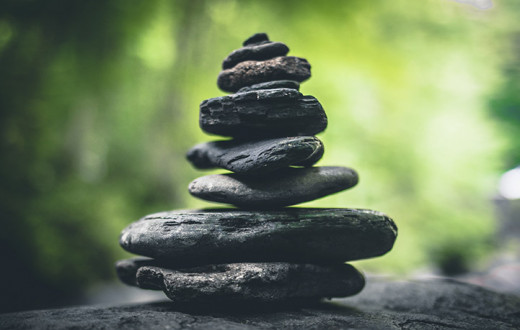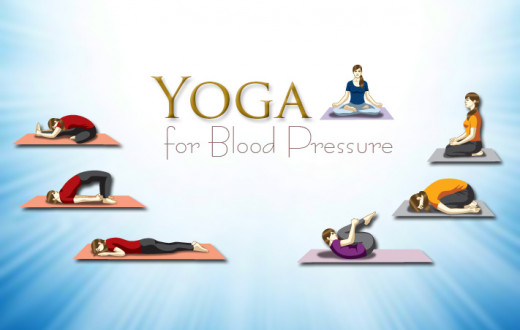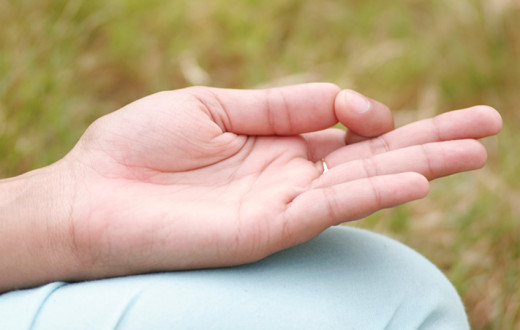By Volunteer Writer | Posted: March 18, 2020
Our daily lives have been looking quite different lately. Your favorite coffee shop is shut down until further notice. Your kids are staying home from school. That rock show you just booked tickets for is canceled. Now that all the hustle and bustle has mostly been muzzled, what is all the fuss about social distancing?
The current focus on the Coronavirus pandemic has been affecting news headlines, with new hotspots identified daily. Experts are increasingly noting that the recent spread is apparently due to asymptomatic cases. People who show little to no symptoms could be the main reason for the rise in Coronavirus cases.
“Social distancing is a precautionary measure. Coronavirus spreads by coming in contact with the body fluids of the person who is infected, such as through a person’s cough. The virus can stay alive for some time in the air or on the surface where it settles. Putting a distance between people reduces the risk because when you sneeze the droplets can only travel so far,” says Dr. Birjoo Vaishnav, a Radiation Oncology Physicist at the Mayo Clinic.
“The risk here is not about getting infected. For a healthy person, it’s not going to affect that much. The real risk is becoming a link in the chain which could affect somebody who is at risk and could die from this. In considering daily activities, I’d want to ask myself what is more important, staying home or watching a movie in a theater?” asks Dr. Vaishnav.
Recommended distance
The Centers for Disease Control and Prevention defines social distancing as “remaining out of congregate settings, avoiding mass gatherings, and maintaining distance (approximately 6 feet or 2 meters) from others when possible.” States and municipalities have already banned gatherings of more than 50 people.
Planning your activities
Consider limiting your activities to what is most essential. Now may not be the best time to attend events and group gatherings if they have not otherwise been canceled.
Food and Supplies
Empty shelves at grocery stores may be the latest celebrities of social media, but the good news is you don’t have to panic buy. In most cases, the food supply chain is quite robust and will be replenished within a day or two.
Think about using grocery delivery services, and generously tip delivery drivers. Buy from local shops to help keep the local economy afloat. You can call ahead to local businesses to arrange for delivery or pickup. Stores are now offering a “Leave At My Door Delivery” option which allows grocery items to be left right at your doorstep.
Cooking food in your own kitchen is the safest bet when sheltering at home. Food items such as fruit and vegetables can be cleaned and cooking will kill germs. To make the situation fun, try new recipes you have always wanted to test out. This is a great time to renew your New Year resolutions and take up the challenge of a healthy diet.
“Look ma, no hands!” - Greeting while social distancing
Take a moment before you go out into the world to review how you greet friends and neighbors. Anyone familiar with a yoga class or two may like to greet with a “Namaste.” This is a gesture of hello where you place your hands together on your chest.
Don’t minimize someone’s anxiety level, but respond with compassion. Don’t take it personally if you feel someone is ignoring you.
Patience is key at this time. To allow others to have six feet of space, you may have to wait in a line, so plan ahead regarding time.
Keeping contact with others
Social distancing doesn’t have to have a negative impact on your social life. There are lots of creative ways to be in contact with friends and family members, even online dating! Here are some tips by Risa Morimoto, CEO of Modern Aging:
Check in on neighbors and friends, do they need help with shopping, chores? We can take a moment just to let them know they are not alone.
Have meals together over Facetime or Skype
Talk about uplifting and fun things
Watch a movie or TV together remotely through Facetime, Skype
Join or host a virtual book club
Exercise together (not go to the gym) by watching a Youtube exercise or dance class video
Can take a walk outside to get fresh air not going near people
Go on a virtual museum tour - search on Google, share an experience with a friend
Working from home
If it is possible, working from home will help slow the spread of Coronavirus. Consider testing all your gear before leaving the office. Do you have all the hardware that is needed including connection cables and desktop accessories? Will you need to purchase additional equipment such as a webcam or noise cancelling headphones?
If you are a parent who has to work remotely with children at home, think of creative ways to keep children engaged. Let them learn new skills on their own, or play a game. How about setting up a scavenger hunt around the house or fun challenges to complete with rewards?
Parents can get to know trusted neighbors, friends or family members with children at home and schedule shared daycare so each parent can get quiet time to devote to work.
Learn meditation
How to deal with the daily stress of all these changes? Meditation can be a friend during this time. Taking a few minutes once or even twice a day to access a calm state of mind is an effective way to smooth over stress.
“Meditation not only relieves you of stress and strain, it enhances your abilities to face the challenges,” Gurudev Sri Sri Ravi Shankar, the founder of the Art of Living Foundation, tells us, “…And it helps you in your relationships, in how you act or react in different situations. It helps in creating a violence-free society, disease-free body, confusion-free mind, inhibition-free intellect, trauma-free memory and sorrow-free soul.”
Access free meditations on The Art of Living Journey App.
Look for our online educative webinars
This is the time when the Art of Living foundation is offering many online webinars. Stay tuned to our website for all the offerings.
Read more insightful blogs on COVID-19 at: Coronavirus Information and Help

























